Home>Garden Essentials>When Do You Plant Phlox Ground Cover


Garden Essentials
When Do You Plant Phlox Ground Cover
Modified: March 7, 2024
"Discover the best time to plant phlox ground cover in your garden for a vibrant and easy-to-maintain landscape. Expert tips and advice on planting phlox as a beautiful addition to your outdoor space."
(Many of the links in this article redirect to a specific reviewed product. Your purchase of these products through affiliate links helps to generate commission for Storables.com, at no extra cost. Learn more)
Introduction
Welcome to the world of gardening, where beauty blossoms and nature thrives. If you’re looking to add a touch of vibrant color and ground cover to your garden, then planting phlox ground cover is an excellent choice. Phlox is a versatile and easy-to-care-for plant that adds a splash of color and texture to any landscape.
Phlox ground cover, also known as creeping phlox, is a low-growing perennial plant that spreads quickly and forms a dense carpet-like cover. It is a popular choice for gardeners looking to fill in empty spaces, control erosion, or create an eye-catching border. With its beautiful clusters of flowers and lush foliage, phlox ground cover transforms any dull patch of land into a vibrant tapestry.
Understanding the basics of planting phlox ground cover will set you on the path towards a successful and visually stunning garden. In this article, we will guide you through the process of when to plant phlox ground cover, factors to consider, how to prepare the soil, planting techniques, and essential care tips to ensure your phlox thrives.
So, grab your gardening gloves and let’s dive into the world of phlox ground cover!
Key Takeaways:
- Plant phlox ground cover in spring or fall for vibrant colors. Prepare well-draining, slightly acidic soil and provide 6 hours of sunlight daily for optimal growth.
- Care for phlox ground cover by watering, mulching, and occasional fertilization. Watch for common issues like powdery mildew and root rot for a healthy garden.
Read more: When To Plant Ground Cover Plants
Understanding Phlox Ground Cover
Before jumping into the specifics of planting phlox ground cover, it’s important to have a basic understanding of this versatile plant. Phlox ground cover belongs to the genus Phlox, which includes over 60 different species. These plants are native to North America and are well-known for their vibrant flowers and spreading, mat-like growth habit.
Creeping phlox, or Phlox subulata, is one of the most popular species for ground cover purposes. It features small, needle-like leaves and produces clusters of colorful flowers in hues of pink, purple, white, or blue. The flowers appear in spring and create a stunning visual display, attracting pollinators like bees and butterflies to your garden.
This low-growing perennial forms a dense mat, reaching a height of about 6 to 8 inches and spreading up to 2 feet in width. It’s an ideal choice for areas where you want to create a carpet of color, such as rock gardens, slopes, or between stepping stones. Phlox ground cover also excels at suppressing weeds and controlling erosion, making it an excellent addition to any garden landscape.
One of the advantages of phlox ground cover is that it is a relatively low-maintenance plant. Once established, it is drought-tolerant and requires minimal care. However, like any plant, it thrives best under certain conditions, which we will explore in the following sections.
Now that you have a solid understanding of phlox ground cover, it’s time to delve into the factors you should consider before planting it in your garden.
Factors to Consider before Planting
While phlox ground cover is a hardy and adaptable plant, there are a few factors you should consider before planting to ensure its success in your garden. Taking these factors into account will help you create an optimal growing environment for your phlox. Here are some key considerations:
- Light: Phlox ground cover thrives in full sun to partial shade. It requires at least 6 hours of direct sunlight per day to produce abundant flowers. If you’re planting phlox in a hot climate, providing some afternoon shade can help protect it from scorching.
- Soil: Phlox ground cover prefers well-draining soil that is slightly acidic to neutral (pH 6 to 7). It thrives in sandy or loamy soil and doesn’t tolerate heavy clay or waterlogged conditions. Amending the soil with organic matter, such as compost, can improve drainage and fertility.
- Watering: While phlox ground cover is drought-tolerant once established, it still requires regular watering during its initial growth period. Water deeply and evenly to ensure the roots receive adequate moisture. Avoid overwatering or allowing the soil to become soggy, as this can lead to root rot.
- Climate: Phlox ground cover is adaptable to different climates, but some species may have specific preferences. It’s important to choose a variety that is well-suited to your climate, whether it’s cold, temperate, or hot. Check with your local nursery or garden center for the best phlox species for your area.
- Spacing: When planting phlox ground cover, consider the spacing requirements based on the variety you’ve chosen. Generally, they should be spaced about 12 to 18 inches apart to allow for proper airflow and growth without overcrowding.
- Companion Plants: Consider the plants that will be surrounding your phlox ground cover. Choose companion plants that have similar light and water requirements to ensure compatibility and a harmonious garden design.
By taking these factors into account, you will lay the foundation for a thriving phlox ground cover in your garden. Next, let’s explore the best time to plant phlox ground cover for optimal growth and establishment.
Best Time to Plant Phlox Ground Cover
The timing of when you plant your phlox ground cover can greatly impact its success and establishment in your garden. While phlox is a hardy plant, it’s best to choose the right season to give it the best chance to thrive. The ideal time to plant phlox ground cover depends on your climate and the specific species you are planting.
In general, it is recommended to plant phlox ground cover in the spring or fall. These seasons provide optimal conditions for the plants to establish their root systems and adjust to their new surroundings.
If you live in a region with cold winters, it’s best to plant phlox ground cover in the spring. Wait until the threat of frost has passed and the soil has started to warm up. This allows the plants to take advantage of the longer days and warmer temperatures to establish themselves before the heat of summer arrives.
In warmer climates, where winters are mild, planting phlox ground cover in the fall can be a good option. The cooler temperatures and more consistent rainfall during the fall can help the plants establish strong roots before the heat of summer. Fall planting also allows the phlox to settle in and prepare for a burst of growth in the following spring.
Regardless of the season you choose, it’s important to ensure that the soil is well-prepared before planting. This includes amending the soil with compost or organic matter, as well as removing any weeds or debris that may compete with the phlox ground cover.
Now that you have determined the best time to plant phlox ground cover, let’s move on to the next step: preparing the soil for planting.
Preparing the Soil for Planting
Preparing the soil is a crucial step in ensuring the success of your phlox ground cover. Well-prepared soil provides the necessary nutrients, drainage, and aeration for the plants to thrive. Here are the steps to prepare the soil for planting:
- Clear the area: Start by clearing the area where you plan to plant your phlox ground cover. Remove any weeds, rocks, or debris that may hinder the growth of the plants.
- Loosen the soil: Use a garden fork or tiller to loosen the soil to a depth of 8 to 10 inches. This helps improve drainage and makes it easier for the roots to penetrate the soil.
- Amend the soil: If your soil is heavy clay or lacks organic matter, amend it with compost or well-rotted manure. Work in a 2 to 4-inch layer of organic matter into the soil to improve its fertility, drainage, and overall health.
- Test the soil pH: Phlox ground cover prefers slightly acidic to neutral soil (pH 6 to 7). Conduct a soil test to determine the pH level and make adjustments if necessary. If your soil is too acidic, add lime to increase the pH. If it’s too alkaline, add sulfur to lower the pH.
- Level the soil: After amending the soil, rake the surface to level it. This creates a smooth, even planting bed for your phlox ground cover.
By following these steps, you are providing an optimal environment for your phlox ground cover to establish and thrive. Once the soil is prepared, you can proceed to the next step: planting your phlox ground cover.
Plant phlox ground cover in the spring or fall for best results. Make sure to choose a location with well-drained soil and full sun to partial shade. Water regularly to establish strong roots.
Read more: When To Plant Ground Cover Seeds
Planting Techniques for Phlox Ground Cover
Now that you have prepared the soil, it’s time to get your hands dirty and plant your phlox ground cover. Follow these planting techniques to ensure the successful establishment of your phlox:
- Dig the holes: Dig holes that are slightly wider and deeper than the root balls of your phlox plants. Make sure to space the holes according to the recommended spacing for the specific variety you have chosen.
- Place the plants: Gently remove the phlox plants from their containers and place them in the prepared holes. The top of the root ball should be level with the surrounding soil surface.
- Backfill and firm the soil: Fill the holes with the soil mixture, gently firming it around the roots. Avoid compacting the soil too tightly, as it can hinder root growth and water penetration.
- Water thoroughly: After planting, give your phlox ground cover a thorough watering to settle the soil and eliminate air pockets around the roots. Ensure that the soil is evenly moist.
- Mulch: Apply a layer of organic mulch, such as wood chips or straw, around the base of the plants. This helps retain moisture, suppress weed growth, and regulate soil temperature.
- Provide support if needed: If you are planting phlox ground cover in an area prone to strong winds or heavy foot traffic, consider providing support such as stakes or a temporary mesh until the plants become established.
It’s important to note that while phlox ground cover is a resilient plant, it may take some time for it to fully establish and fill in the desired area. Be patient and provide the plants with proper care and maintenance as they grow.
Speaking of care, let’s move on to the next section: caring for your phlox ground cover.
Caring for Phlox Ground Cover
Caring for your phlox ground cover is essential to maintain its health and promote vigorous growth. With a few simple measures, you can ensure that your phlox remains vibrant and colorful throughout the growing season. Here are some care tips to keep in mind:
- Watering: While phlox ground cover is drought-tolerant once established, it still requires regular watering, especially during dry periods. Water deeply at the base of the plants to encourage strong root growth. Avoid overwatering, as it can lead to root rot.
- Mulching: Maintain a layer of organic mulch around your phlox ground cover. This helps retain moisture, regulate soil temperature, and suppress weed growth. Be sure to replenish the mulch as needed throughout the growing season.
- Fertilizing: Phlox ground cover generally doesn’t require heavy fertilization. However, you can apply a balanced, slow-release fertilizer in early spring to provide a boost of nutrients. Be sure to follow the recommended dosage on the fertilizer package.
- Deadheading: To encourage prolonged blooming, deadhead the spent flowers regularly. Simply pinch or snip off the faded flowers to promote new growth and continuous bloom. Deadheading also helps maintain a neat and tidy appearance.
- Pruning: Phlox ground cover is generally low-maintenance when it comes to pruning. However, you can trim back any leggy or overcrowded stems in early spring to promote a compact and bushier growth habit.
- Pest and Disease Control: Phlox ground cover is relatively resistant to pests and diseases. However, keep an eye out for common garden pests like aphids or slugs. If necessary, use organic pest control methods or insecticidal soap to manage infestations.
- Division: Over time, your phlox ground cover may become overcrowded or develop a patchy appearance. To rejuvenate the plants and maintain their vigor, consider dividing them every few years. Spring or fall is the best time to divide phlox.
By following these care practices, you can ensure that your phlox ground cover remains healthy, vibrant, and a standout feature in your garden.
In the next section, we will address some common problems that you may encounter with your phlox ground cover and provide solutions to overcome them.
Common Problems and Solutions
While phlox ground cover is generally a resilient plant, it can occasionally face certain issues that may affect its growth and appearance. Here are some common problems you may encounter with your phlox ground cover and solutions to address them:
- Powdery Mildew: One of the most common problems affecting phlox is powdery mildew, a fungal disease that forms a white powdery coating on the leaves. To prevent powdery mildew, ensure adequate spacing between plants for good air circulation and avoid overhead watering. If powdery mildew appears, treat it with organic fungicides or neem oil.
- Root Rot: Overwatering or poorly drained soil can lead to root rot in phlox. To prevent root rot, ensure proper drainage by amending the soil with organic matter and planting phlox in well-draining locations. Avoid overwatering and establish a watering routine that allows the soil to dry slightly between waterings.
- Insect Infestations: Phlox ground cover may attract pests such as aphids or slugs. Monitor your plants regularly and take action at the first sign of infestation. Use organic pest control methods, such as insecticidal soap or diatomaceous earth, to manage and deter these pests.
- Poor Flowering: If your phlox is not producing as many flowers as expected, it may be due to inadequate sunlight or nutrients. Ensure that your plants are receiving at least 6 hours of direct sunlight per day and provide a light application of balanced fertilizer in spring. Lack of flowering can also be a sign of overcrowding, so consider dividing the plants to rejuvenate them.
- Yellowing Leaves: Yellowing leaves can be a sign of nutrient deficiencies or improper watering. Ensure that your phlox is receiving adequate water and consider soil testing to identify any nutrient imbalances. Adjust your watering and fertilization accordingly to promote healthy leaf growth.
By being vigilant and addressing these common problems promptly, you can keep your phlox ground cover looking its best and prevent any major setbacks in its growth.
Now that you are equipped with the knowledge to overcome potential challenges, let’s summarize what we’ve covered in this article.
Conclusion
Congratulations! You’ve now gained a comprehensive understanding of planting and caring for phlox ground cover. By following the guidelines and tips provided in this article, you can create a stunning carpet of color and texture in your garden.
Remember, phlox ground cover is a versatile and easy-to-maintain perennial plant that adds beauty and charm to any landscape. With its vibrant flowers, lush foliage, and spreading growth habit, phlox ground cover is an excellent choice for filling in empty spaces, controlling erosion, or creating captivating borders.
Before planting phlox ground cover, consider the factors that can affect its growth, such as light, soil quality, watering, climate, spacing, and companion plants. Taking these factors into account will help you create a favorable environment for your phlox to thrive.
The best time to plant phlox ground cover is in the spring or fall, depending on your climate. Ensure that the soil is well-prepared by clearing the area, loosening the soil, amending it with organic matter, and leveling the surface.
When planting, dig holes that accommodate the root balls of your phlox plants, backfill with soil, and provide thorough watering. Maintain a layer of organic mulch to conserve moisture, suppress weeds, and regulate soil temperature.
Caring for your phlox ground cover involves regular watering, mulching, occasional fertilization, deadheading, pruning, pest and disease control, and division every few years. By implementing these care practices, you can keep your phlox healthy, vibrant, and continuously blooming.
Be aware of common problems like powdery mildew, root rot, insect infestations, poor flowering, and yellowing leaves. Promptly address these issues with appropriate solutions to maintain the health and vitality of your phlox ground cover.
With patience, dedication, and a little bit of gardening expertise, your phlox ground cover will reward you with a mesmerizing display of colors and textures, transforming your garden into a true oasis of beauty.
So, get out there, put on your gardening gloves, and let the magic of phlox ground cover adorn your landscape!
Frequently Asked Questions about When Do You Plant Phlox Ground Cover
Was this page helpful?
At Storables.com, we guarantee accurate and reliable information. Our content, validated by Expert Board Contributors, is crafted following stringent Editorial Policies. We're committed to providing you with well-researched, expert-backed insights for all your informational needs.
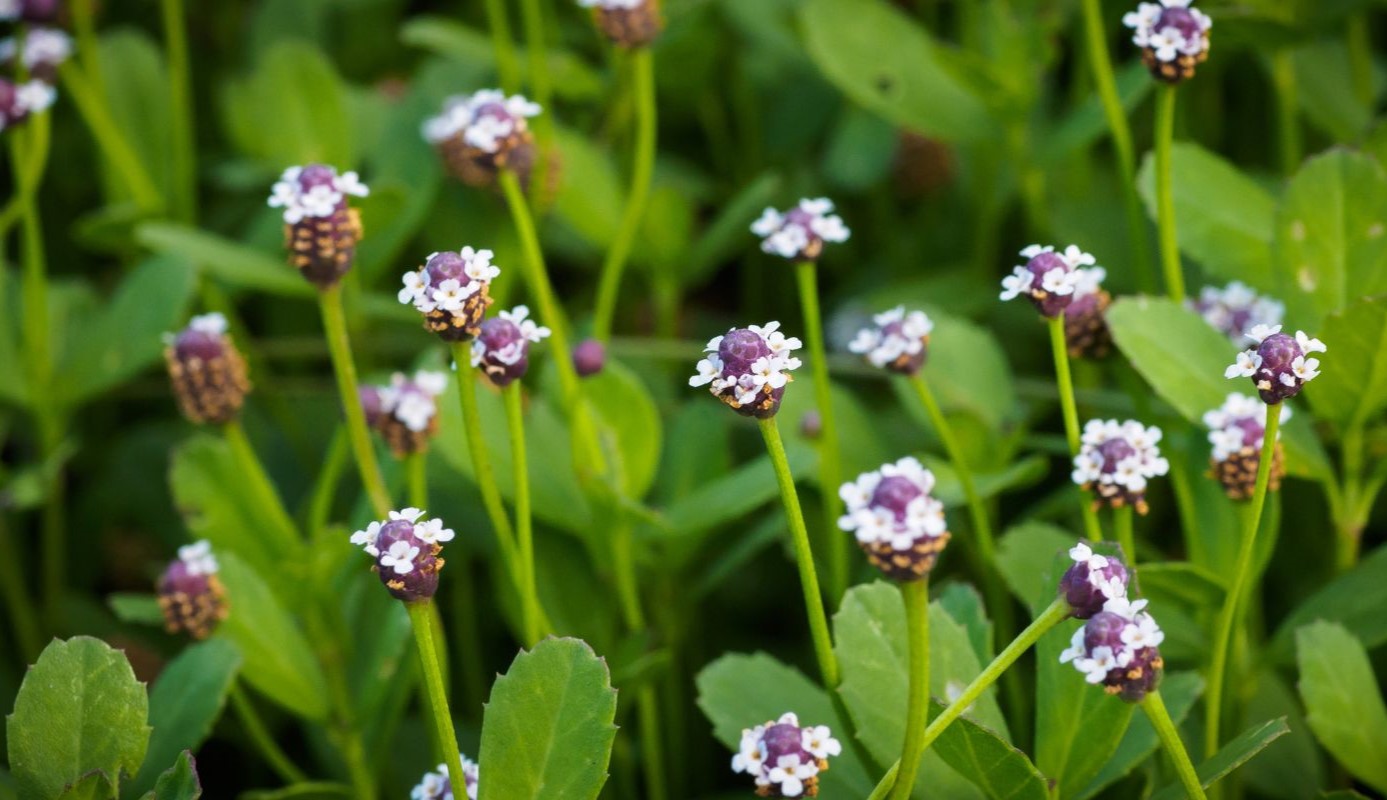
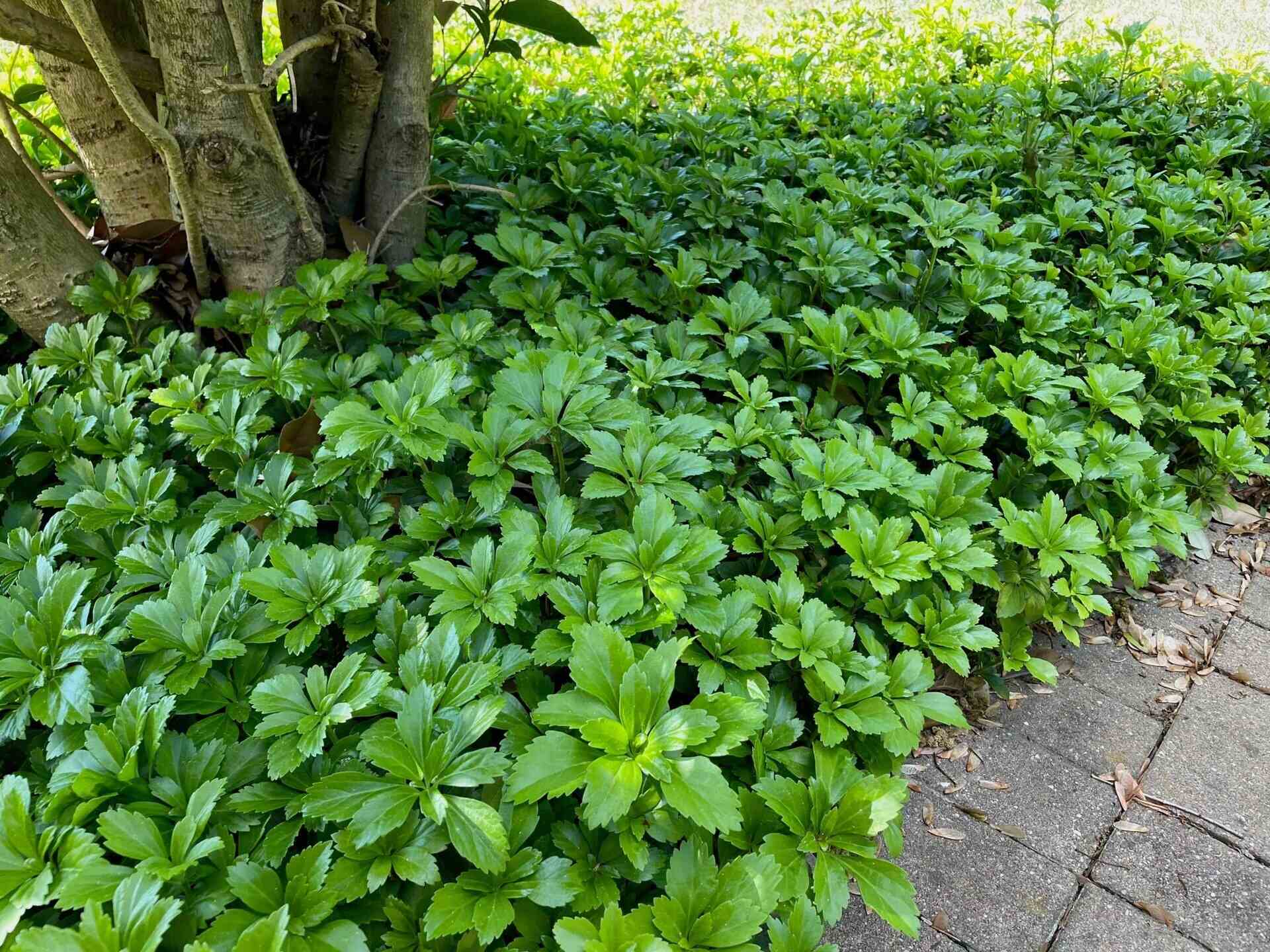

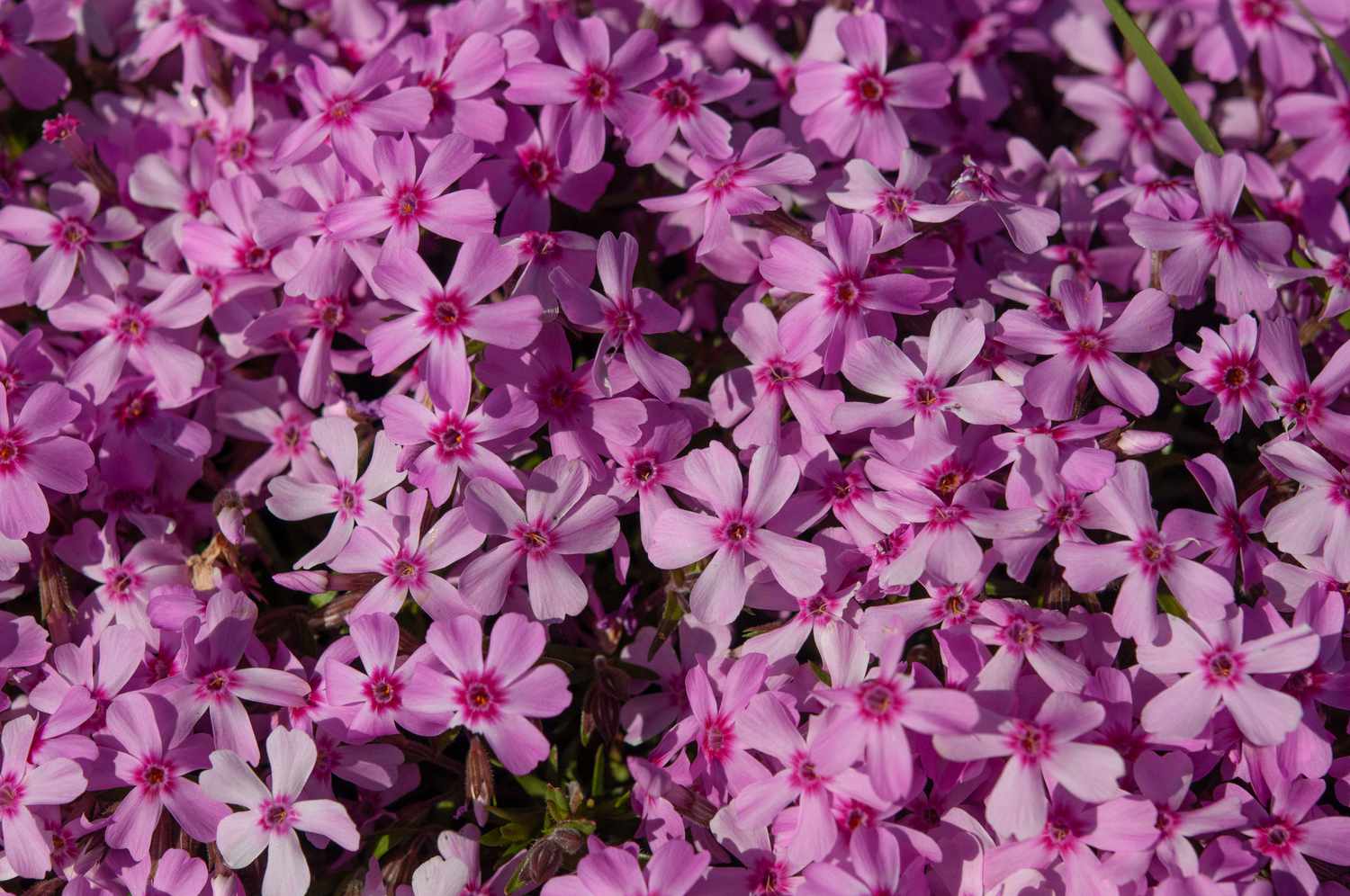
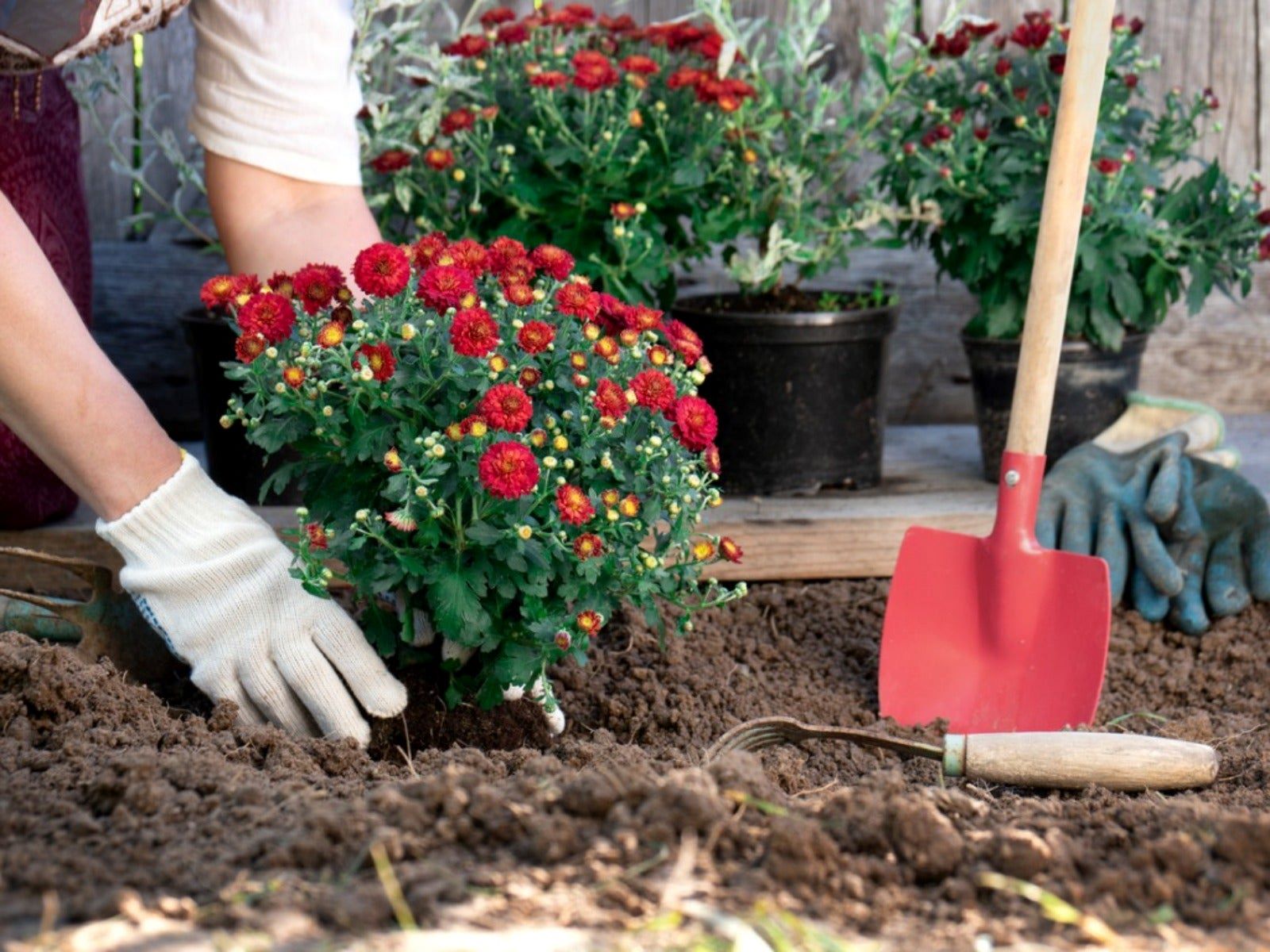

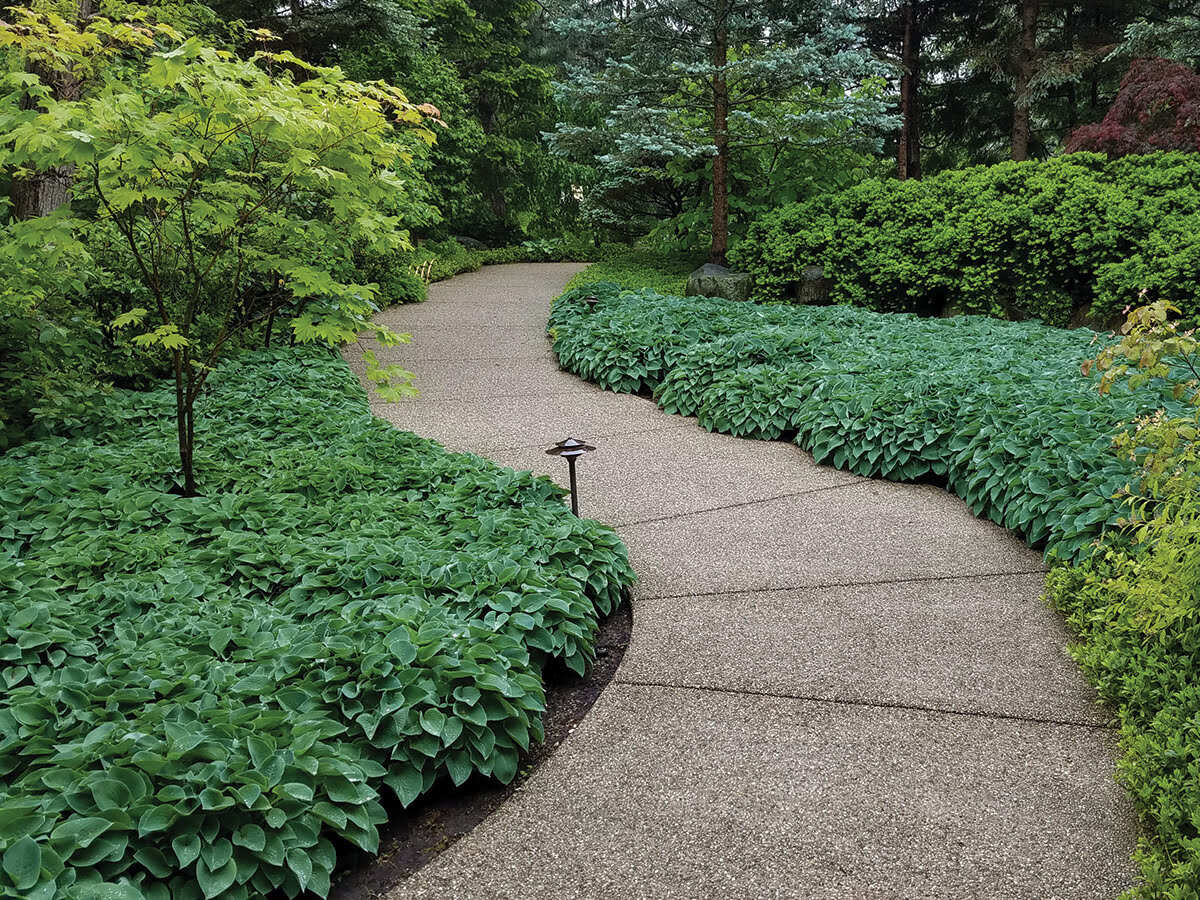
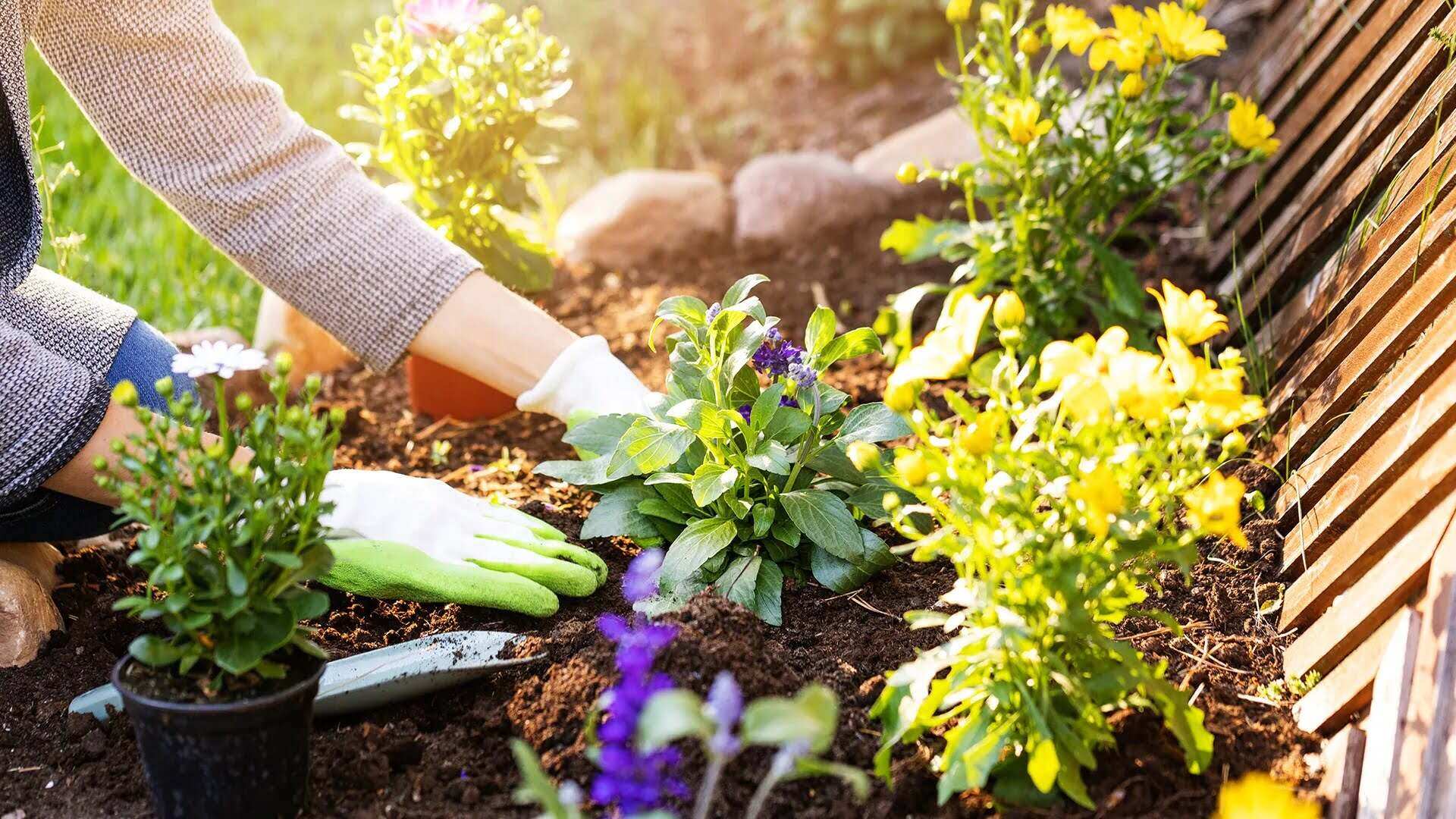

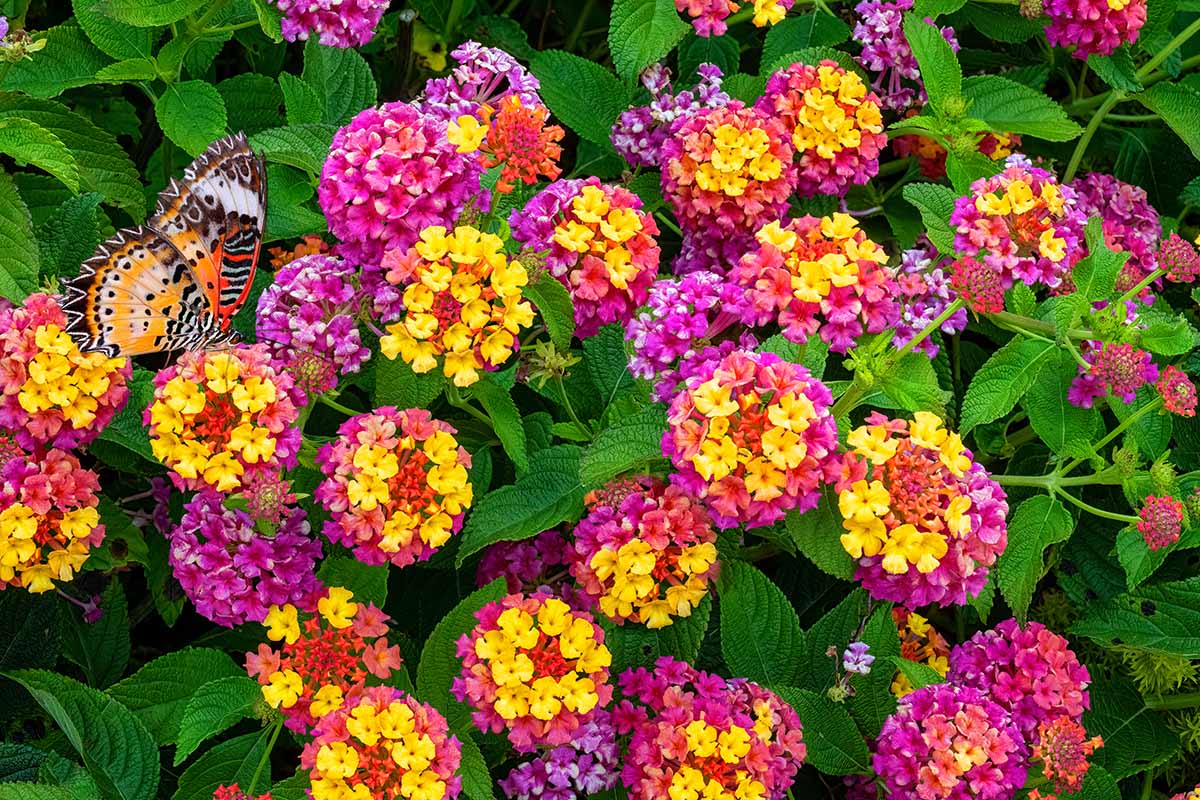
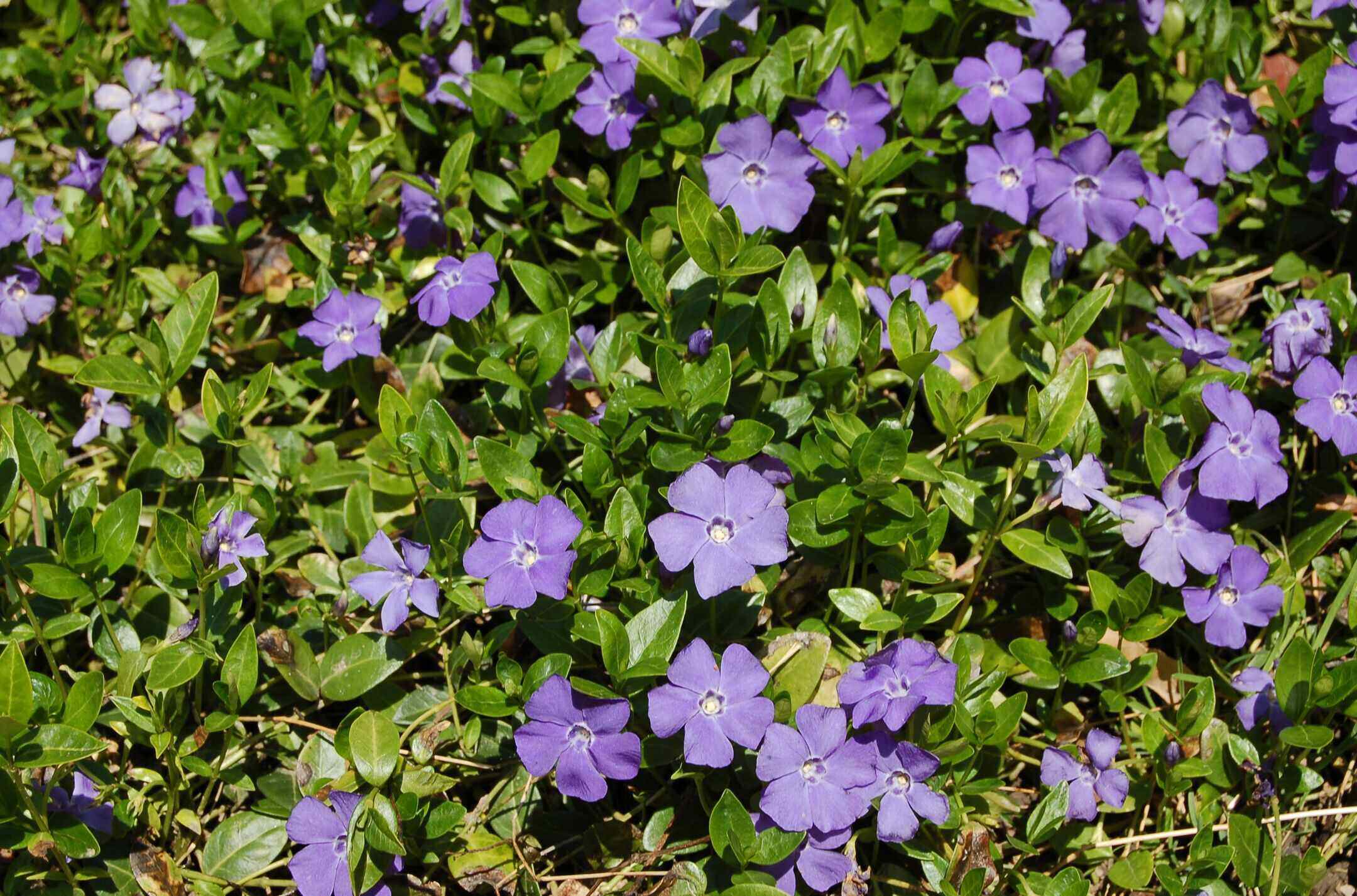
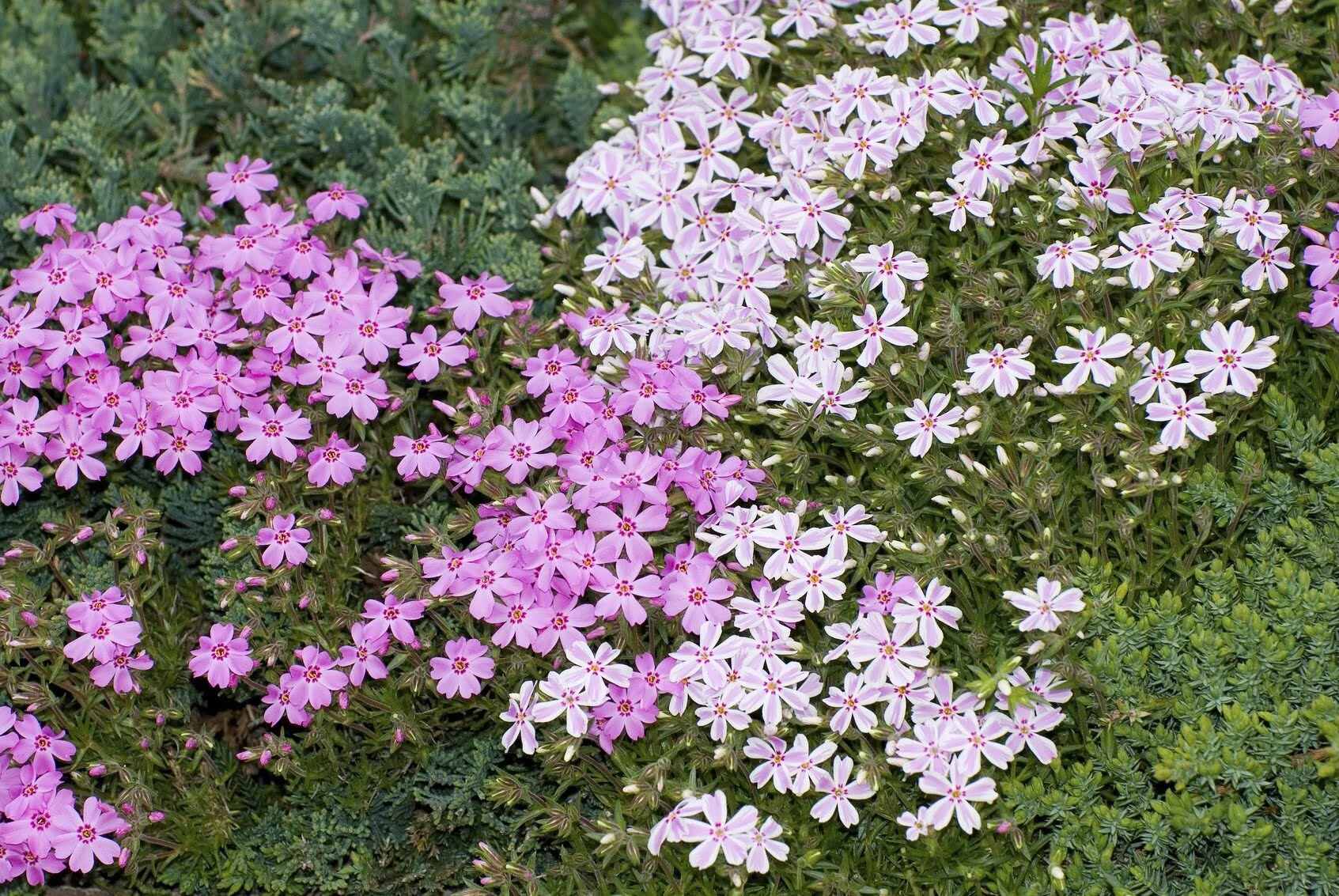

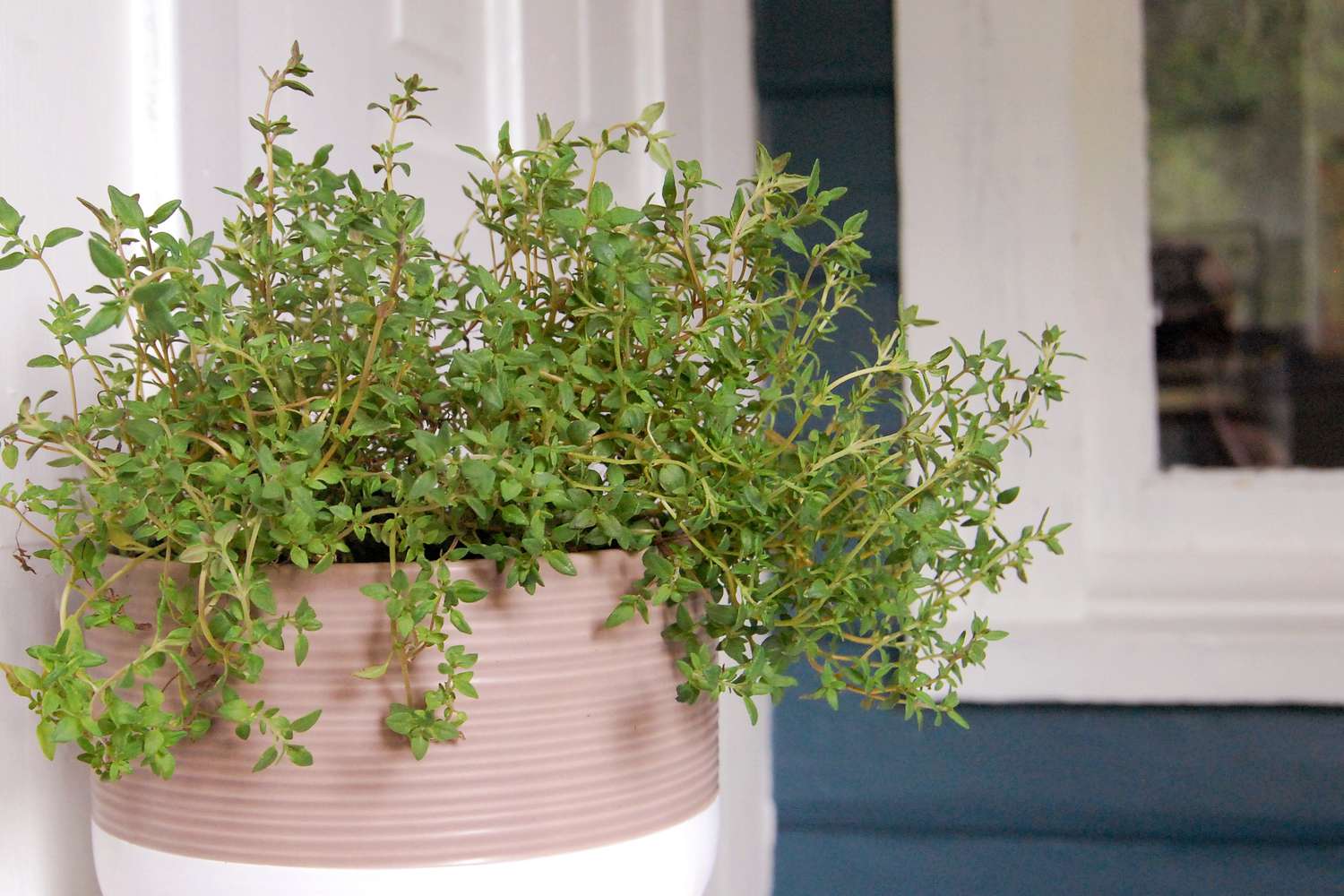

0 thoughts on “When Do You Plant Phlox Ground Cover”